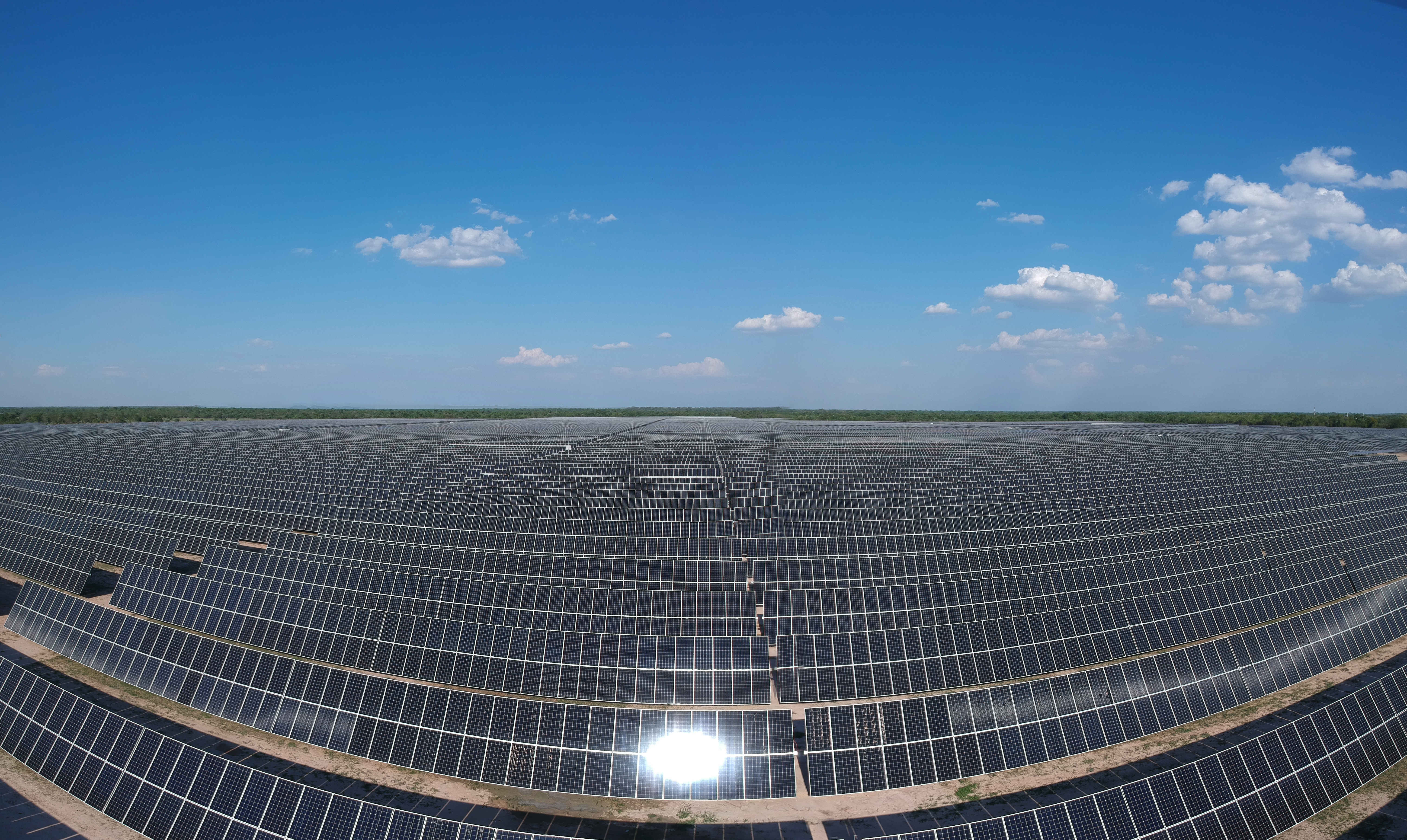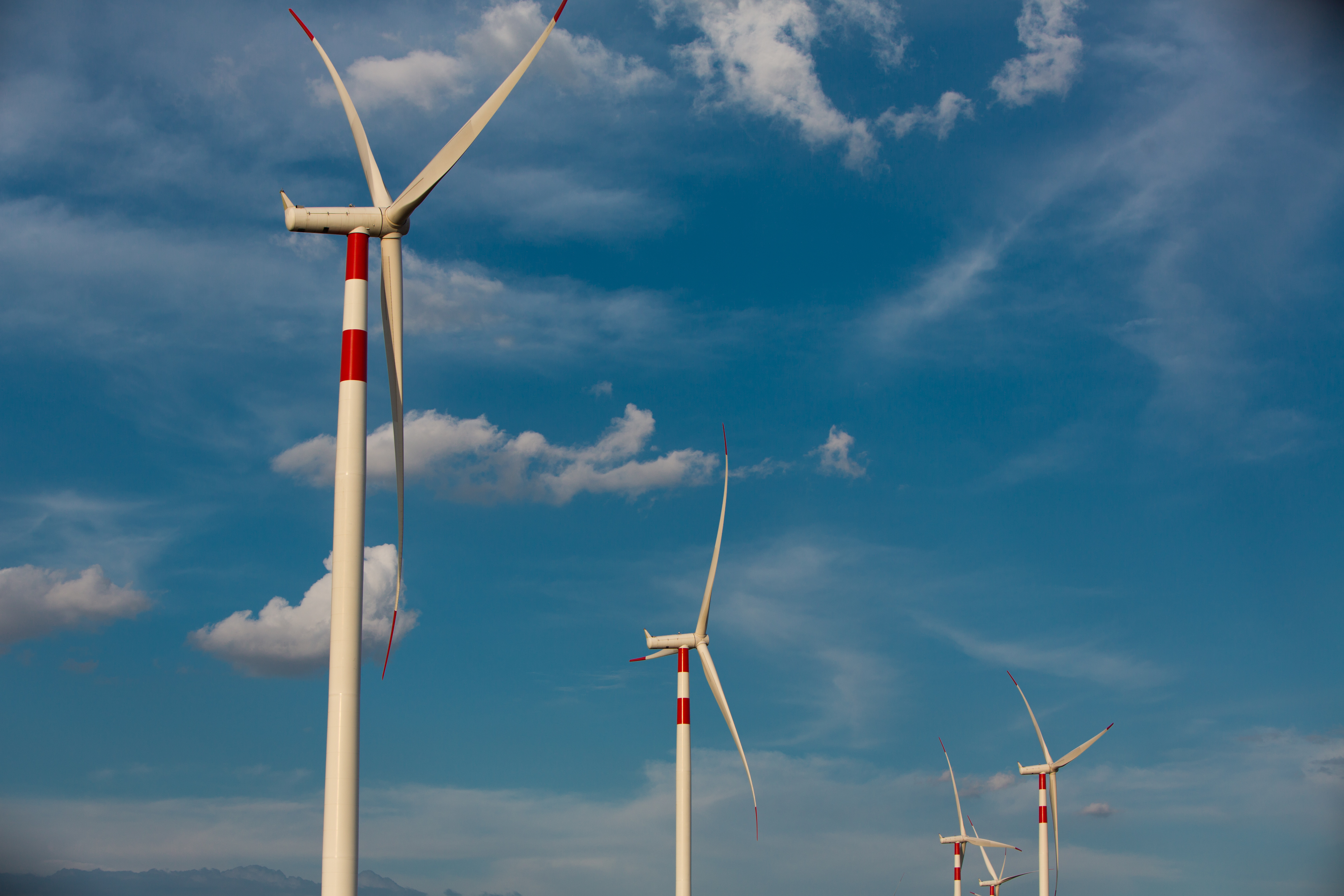Circular Economy Latam
Circular Economy
As part of Enel Americas's Strategic Plan, circular economy is considered a driving force for the energy transition and the electrification of consumption, understood as the promotion of clean energy.
Our new circular paradigm aims to change production and consumption from a model of extracting, producing, consuming, and discarding, to a fully regenerative model from the ground up. This must be an integrated vision on the use of natural resources, whether sources are renewables, fuels or raw materials.
Decarbonization and electrification are certainly not independent of the circular economy; rather, they are a key part of this paradigm which enables an economic model that avoids the use of resources and enables a more circular and sustainable system to be developed. Adopting a circular and sustainable model is not a side issue for us, but rather a driving force in everything we do. A just energy transition requires fast development of renewable energy sources and the electrification of consumption, along with the growth of technologies such as smart grids and storage systems.
Accomplishing this goal will require challenging conventional thinking: the relationship between business, the market, customers, and the planet, while integrating circularity principles. In order for the circular economy to be integrated into the business model, Enel Americas has established a specialized team in the sustainability function, which collaborates with all business lines in order to disseminate the commitment to sustainability and circular economy to society, while promoting the change of vision in the Company's processes throughout the entire value chain.
An action plan has been defined for this purpose, focused on four pillars:
Managing cultural change: technical training and creation of a community of leaders for the circular economy.
Circularity metrics: developing impact indicators that allow us to improve the environmental management and economic performance of the application of circular business models.
Connecting with the ecosystem: collaboration and cooperation with various institutions and organizations.
Transforming the value chain: rethinking the value chain, from procurement to end-of-life.





